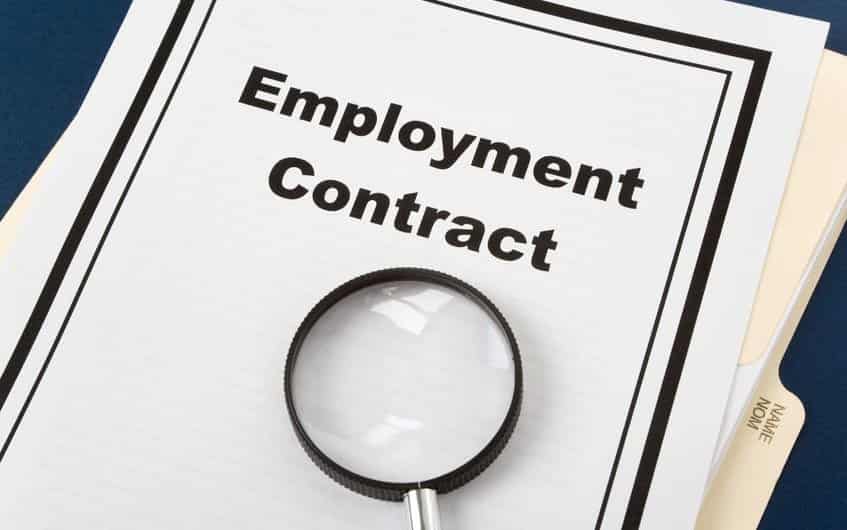Have you received notice that a caveat has been lodged against your land? This can cause a lot of stress and raise a lot of concerns and questions. One of the main questions that are asked is how long does a caveat last?
In this article, we’ll explain what a caveat is, how long a caveat lasts, how to remove a caveat, and which legislation governs caveats in each Australian state or territory.
Read along!
Table of Contents
What is a Caveat?
A caveat is a statutory injunction (which is a special court order) under the Real Property Act 1900 prohibiting the registration of plans and dealings on a land title. The caveat is a warning placed on the land title that informs the public of the interest that an organisation or individual has in a property or land. The effect is to prevent other parties from registering conflicting interests.
In a caveat, the caveator is the party who lodged the caveat. In addition to notifying other parties of your interest, a caveat also directs the Registrar General not to register any dealings related to the interest you have claimed.
Want more?
Sign up for our newsletter and be the first to find hand-picked articles on topics that we believe are crucial to successfully scale your unique small business.
By clicking on 'Sign up to our newsletter' you are agreeing to the Lawpath Terms & Conditions
How long does a caveat last?
The New South Wales Land Registry Services(NSW LRS) states that in New South Wales, a caveat generally lasts 21 days from the date the notice is served. However, a caveator can choose to extend how long the caveat lasts before the 21-day period is over. To do this, the caveator is required to obtain and lodge a New South Wales Supreme Court order with the NSW LRS to receive an extension.
How to Remove a Caveat?
After a caveat has been lodged against a property, the Registrar General will send a notice to the registered proprietor. When you receive notice of a caveat, this means that another party is claiming an estate or interest in your land. As the registered proprietor, you have the following options for removing a caveat:
- You can apply to the Supreme Court for an order for removal if the caveat was placed without reasonable care. If you are successful in this application, the Court may order the caveator to pay compensation to anyone who suffered financial loss
- You can lodge a Withdrawal of Caveat Form (08WX) with the NSW LRS. The caveator or their solicitor must sign the form. There is a lodgement fee involved, and the completed form must be lodged with the NSW LRS
- Lodging an Application for Preparation of Lapsing Notice Form (08LX) by you as the registered proprietor of the land or on your behalf. There is a lodgement fee for this form
- Registration of another dealing satisfies the interest
- You can lodge a court order (by hand) alongside a Request Form (11R) to NSW LRS. There is a lodgement fee
- The caveat can be withdrawn by the caveator
When does a caveat lapse?
The situations where a caveat will lapse include the following:
- A caveat will lapse through lodgement (by hand) with NSW LRS & registration of a dealing. This is where the interest or estate that the caveator claimed has been satisfied
- The caveat will lapse if the procedure is completed
- This is where the 08LX Preparation of Lapsing Notice form has been lodged by the registered interest or registered proprietor, and the lodgment fee has been paid
- A party lodges a dealing (prevented by the caveat) with the 08LX form, and the lodgement fee has been paid. Through this, the caveat can lapse entirely or partially
If the caveat involves the 08LX form, the caveat will lapse or partially lapse 21 days after the date of the notice served to the caveator. The Real Property Act 1900 outlines the rules of notices. It can be extended by lodging an Order of the Supreme Court by the caveator.
If a caveat lapses without reasonable care, the caveator can be compensated.
What legislation governs Caveats?
In each state and territory, caveats are governed by different legislation and offices. These are outlined below:
| State/Territory | Legislation | Office |
| ACT | Land Titles Act 1925 (ACT) | ACT Land Titles Office |
| NSW | Real Property Act 1900 (NSW) | NSW Land Registry Services |
| QLD | Land Title Act 1994 (QLD) | QLD Titles Registry Office |
| VIC | Transfer of Land Act 1958 (VIC) | VIC Property & Land Titles Office |
| SA | Real Property Act 1886 (SA) | SA Land Services & Land Titles Office |
| NT | Land Title Act 2000 (NT) | NT Land Titles Office |
| WA | Transfer of Land Act 1893 (WA) | WA Landgate Office |
| TAS | Land Titles Act 1980 (TAS) | TAS Land Titles Office |
What happens if a caveat is lodged without reasonable cause?
If a caveat has been lodged without reasonable cause, the caveator will be required to compensate any individual who has suffered a financial loss due to the lodgement of the caveat.
Conclusion
If you have recently received a notice of a caveat from the Registrar General, then it’s important for you to protect your land from any interests registered by other parties. If you want to remove or lapse a caveat, you should hire a lawyer for legal advice on how to do this.
Similarly, if you are planning to lodge a caveat, you should hire a lawyer to ensure that you are lodging a caveat for a reasonable cause to avoid legal consequences.




